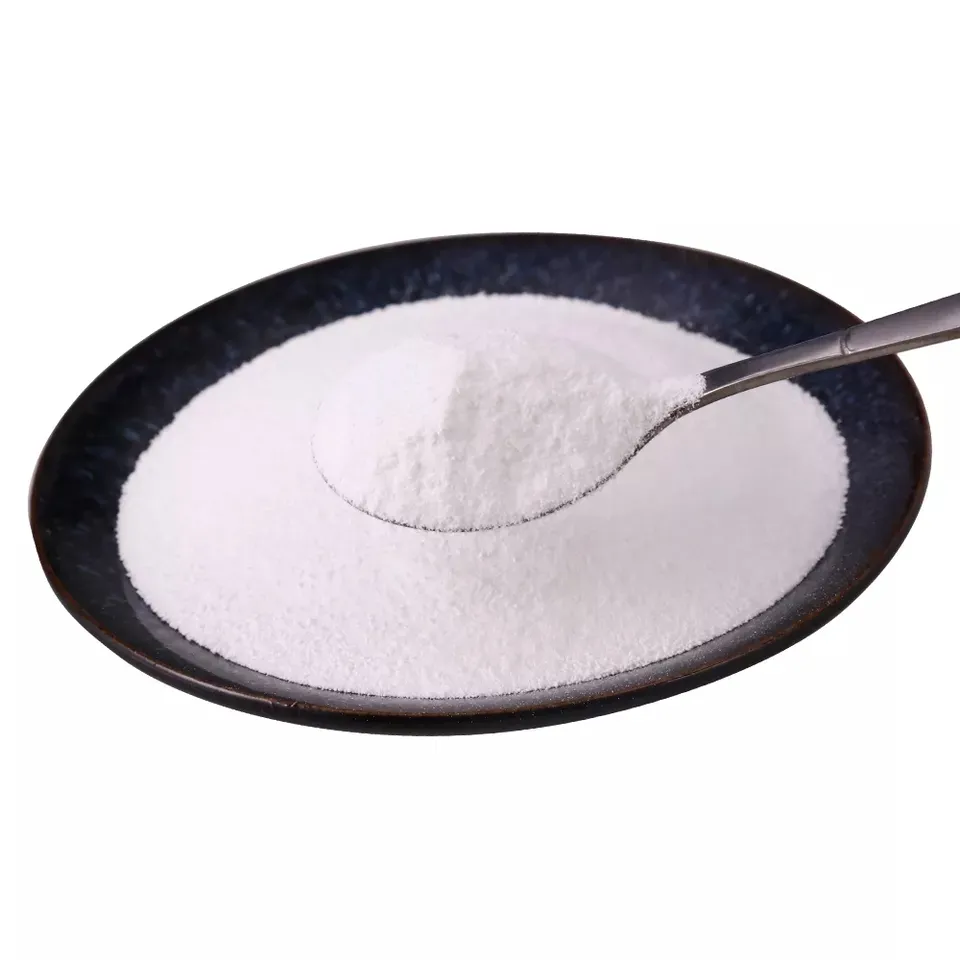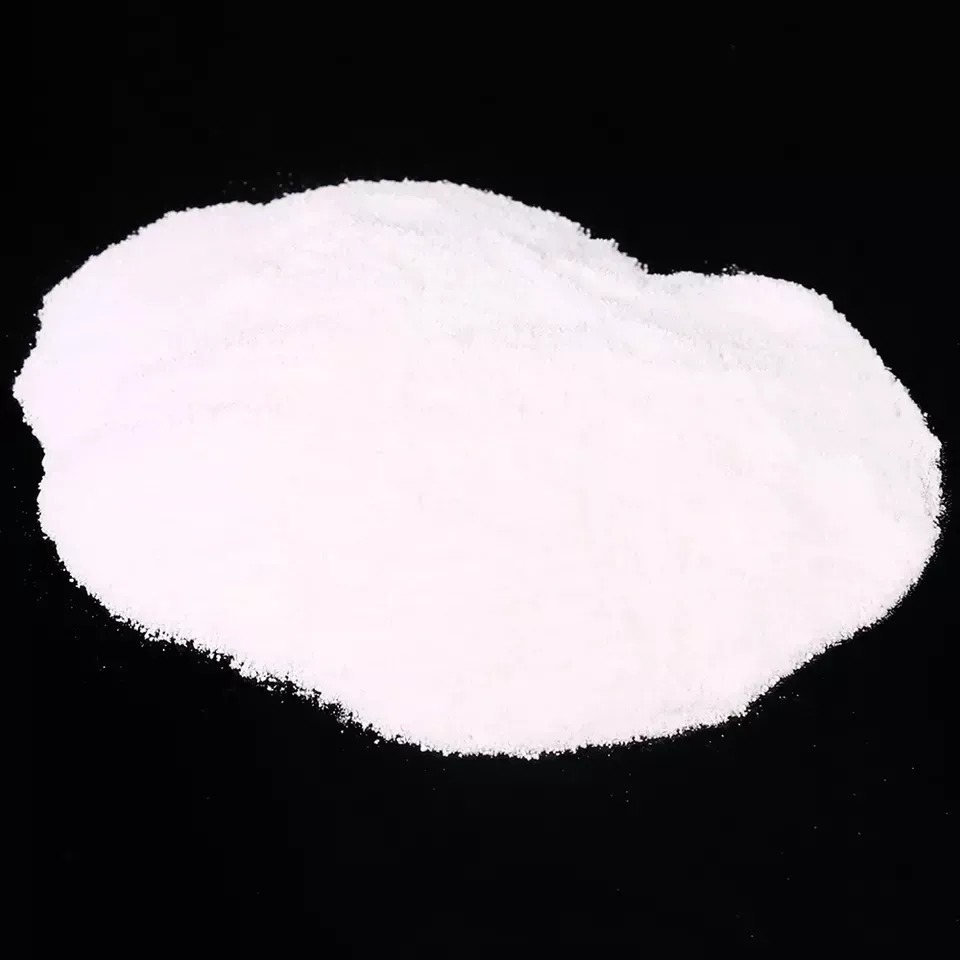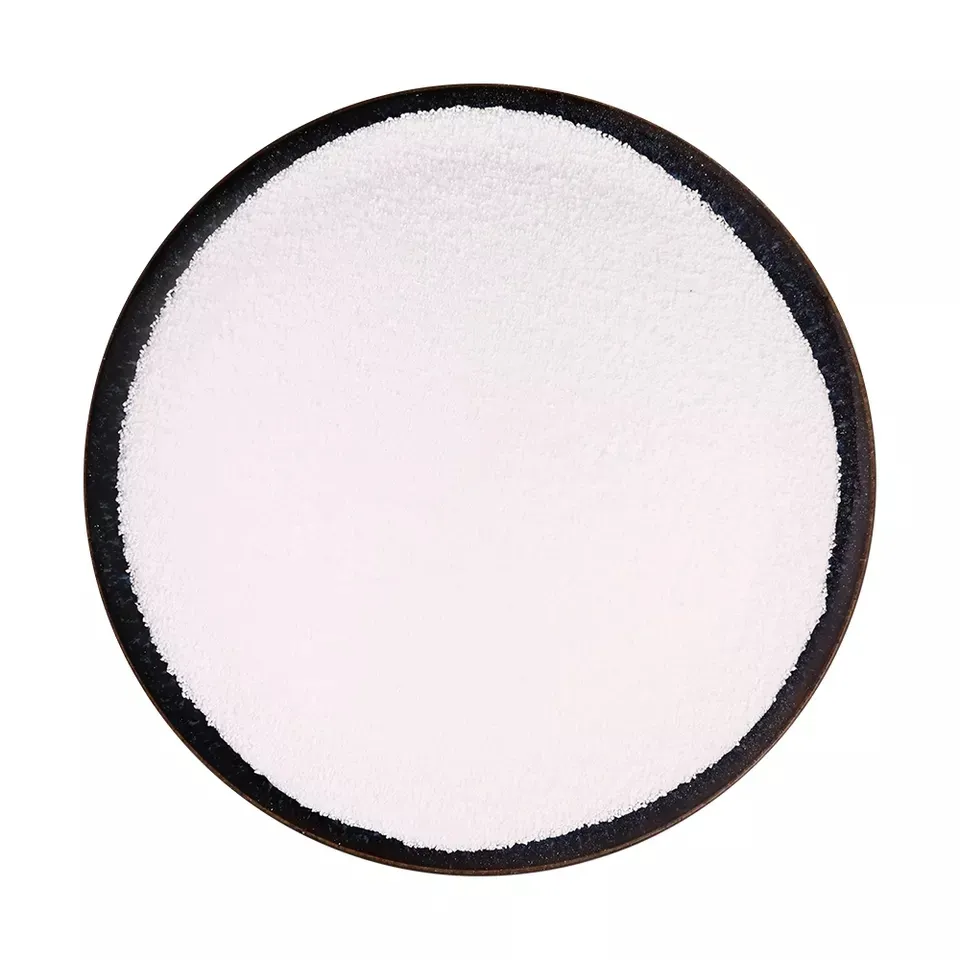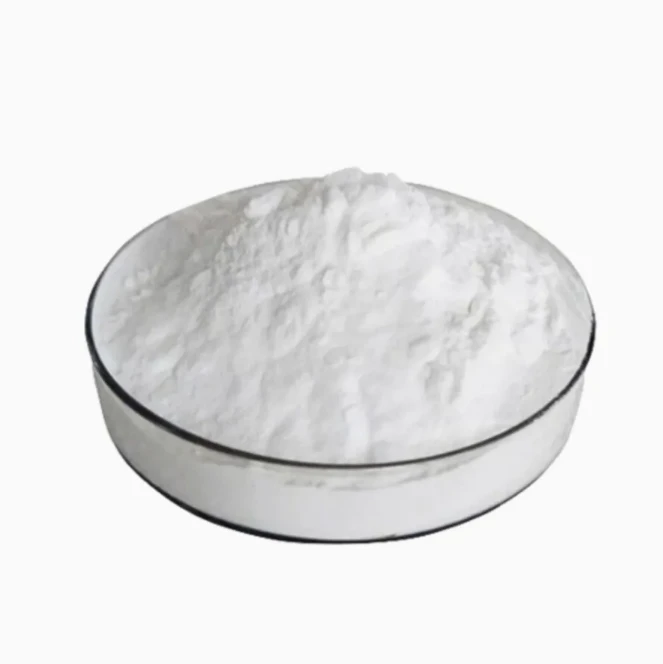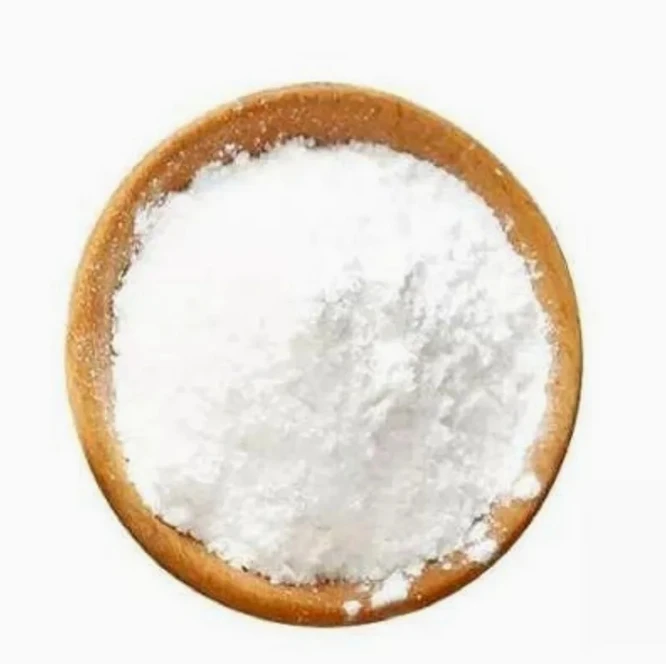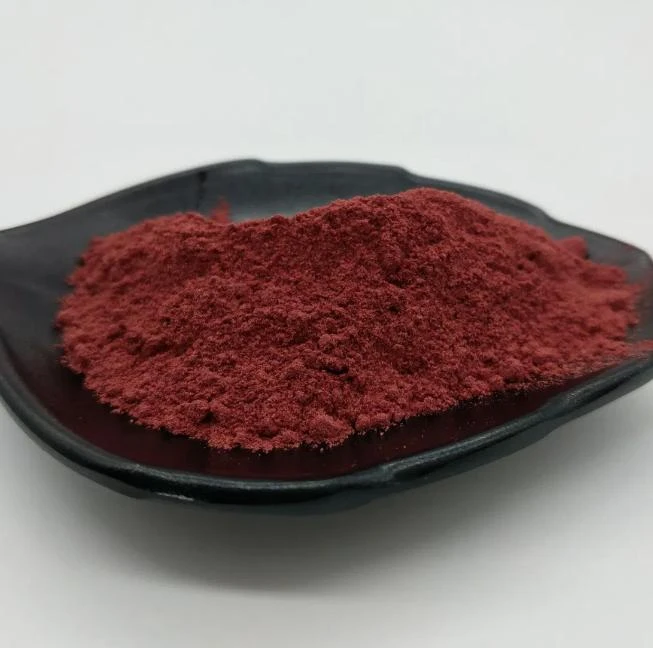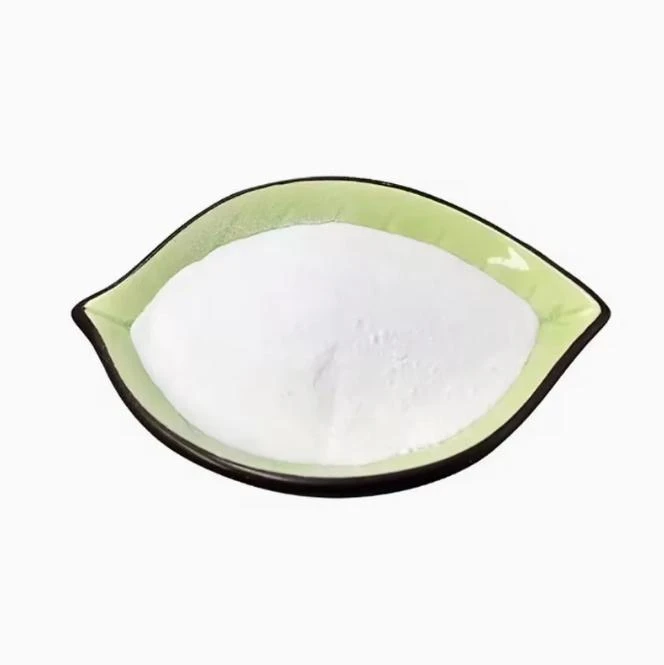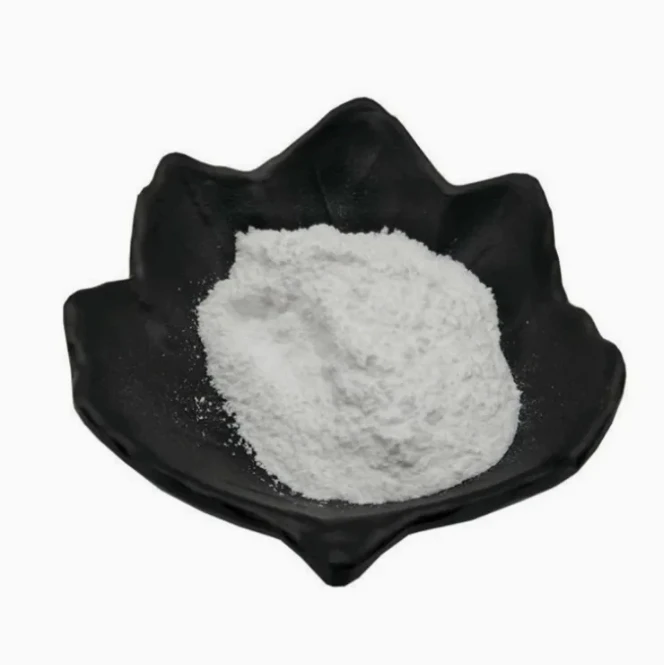Warning: Undefined array key "file" in /home/www/wwwroot/HTML/www.exportstart.com/wp-content/themes/1198/header.php on line 7
Warning: Undefined array key "title" in /home/www/wwwroot/HTML/www.exportstart.com/wp-content/themes/1198/header.php on line 7
Warning: Undefined array key "title" in /home/www/wwwroot/HTML/www.exportstart.com/wp-content/themes/1198/header.php on line 7
- Neeg African
- Albanian
- Amharic
- Arabic
- Armenian
- Azerbaijani
- Basque
- Belarusian
- Bengali
- Bosnian
- Bulgarian
- Catalan
- Cebuano
- Tuam Tshoj
- Tuam Tshoj (Taiwan)
- Corsican
- Croatian
- Czech
- Danish
- Dutch
- Lus Askiv
- Esperanto
- Estonian
- Finnish
- Fabkis
- Frisian
- Galician
- Georgian
- German
- Greek
- Gujarati
- Haitian Creole
- haus
- hawaiian
- Hebrew
- Tsis yog
- Miao
- Hungarian
- Icelandic
- ib igbo
- Indonesian
- irish
- Italian
- Nyiv
- Javanese
- Kannada
- kazakh
- Khmer
- Rwandan
- Kauslim
- Kurdish
- Kyrgyz
- TB
- Latin
- Latvian
- Lithuanian
- Luxembourgish
- Macedonian
- Malgashi
- Malay
- Malayalam
- Maltese
- Maori
- Marathi
- Mongolian
- Myanmar
- Nepali
- Norwegian
- Norwegian
- Occitan
- Pashto
- Persian
- Polish
- Portuguese
- Punjabi
- Romanian
- Lavxias
- Samoan
- Scottish Gaelic
- Serbian
- Lus Askiv
- Shona
- Sindhi
- Sinhala
- Slovak
- Slovenian
- Somali
- Spanish
- Sundanese
- Swahili
- Swedish
- Tagalog
- Tajik
- Tamil
- Tatar
- Telugu
- Thaib
- Turkish
- Turkmen
- Ukrainian
- Urdu
- Uighur
- Uzbek
- Nyab Laj
- Welsh
- Pab
- Yiddish
- Yoruba
- Zulu
Glycocyamine Powder
Appearance shape: white or light yellow powder, the carrier will cause the appearance color change, but does not affect the effect of the product.
Mechanism of action Guanidinoacetic acid is a precursor of creatine. Phosphocreatine, which contains high phosphate group transfer potential energy, is widely present in muscle and nerve tissues and is the main energy supply substance in animal muscle tissues. The addition of guanidinoacetic acid makes the body produce a large number of phosphate group transfer substances (creatine phosphate), so as to provide power for the efficient work of muscles, brain, gonads and other tissues, and promote the continuous distribution of energy to muscle tissues.
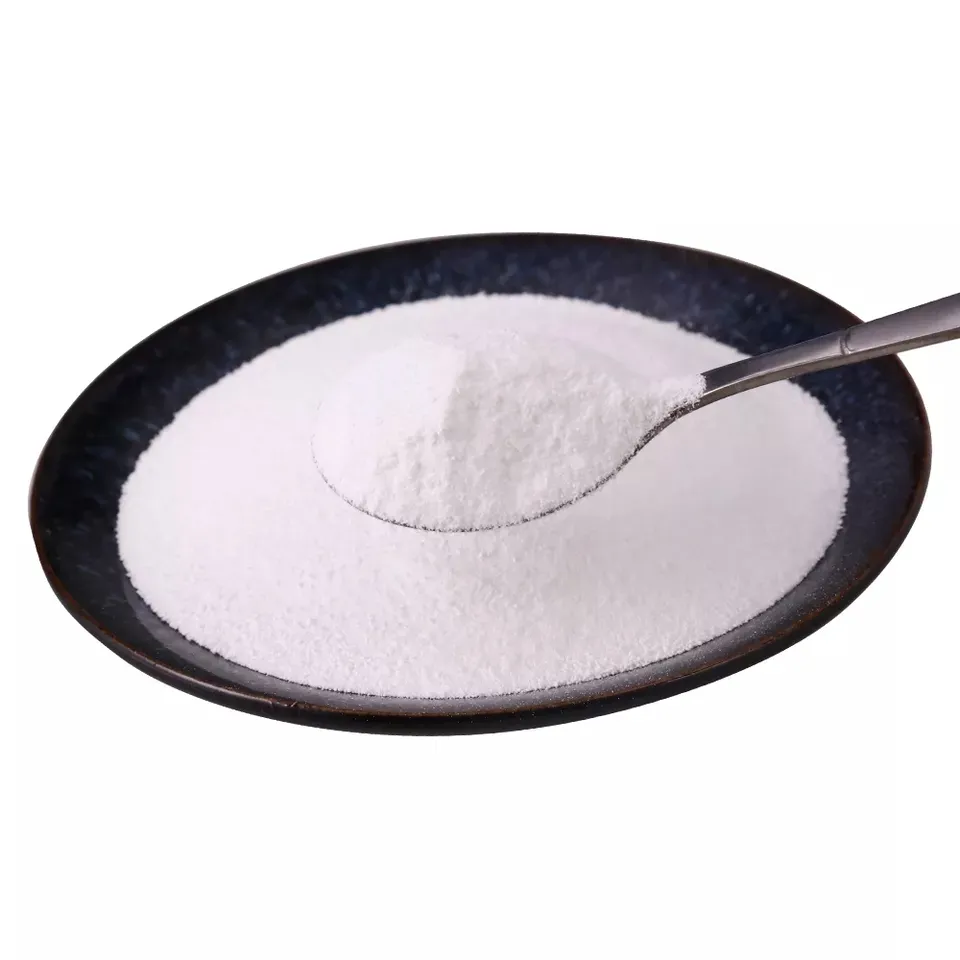

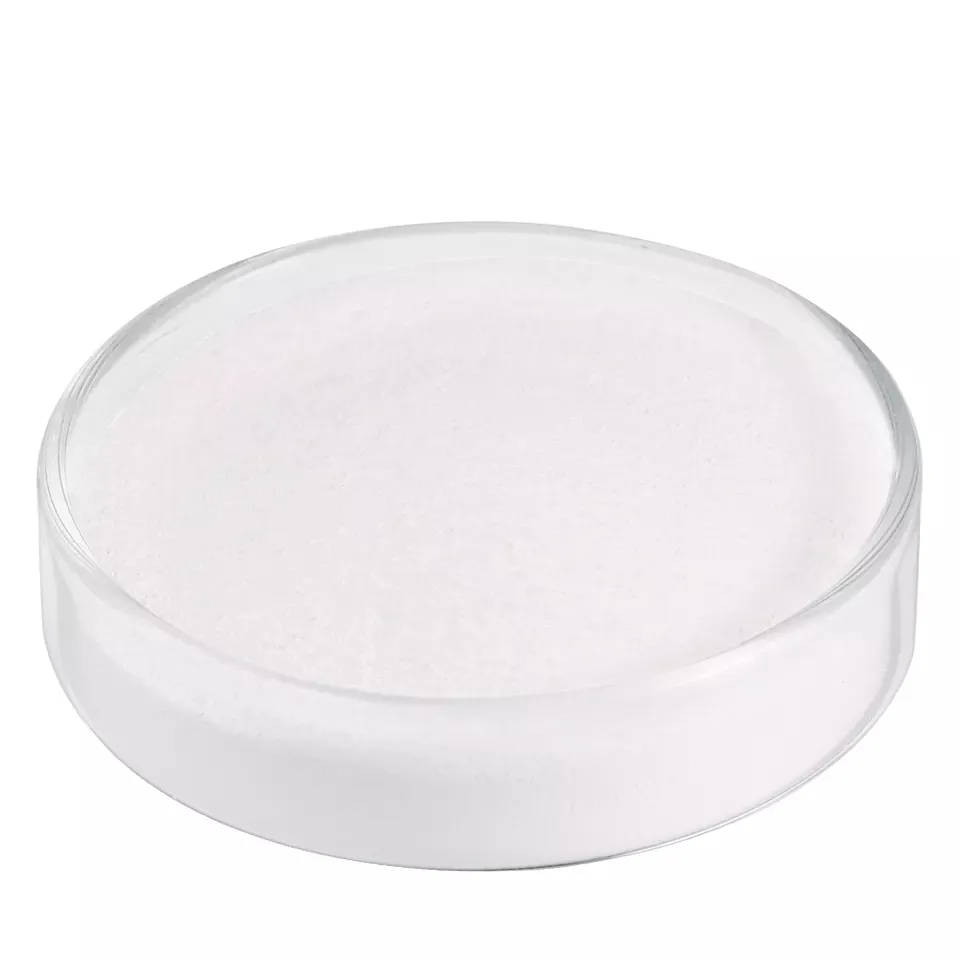
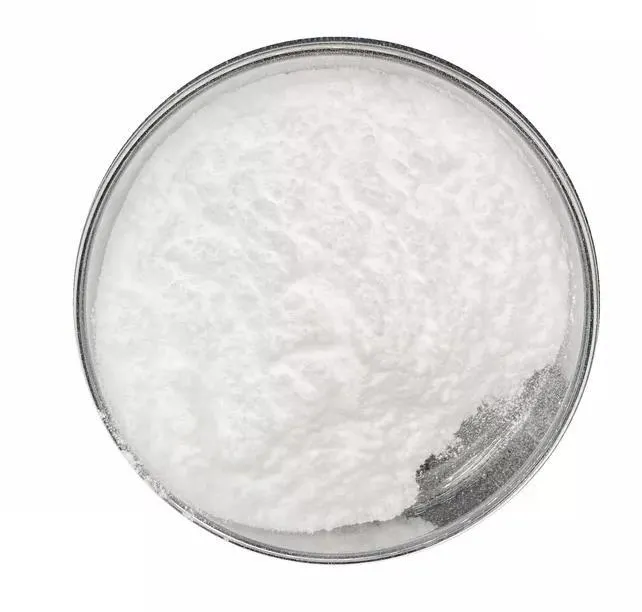
- It will have synergistic interaction if used with betaine and choline. It is advised that add 100-200 g/ton or add choline up to 600-800g/ton.
- Glycocyamine can partly replace fishmeal and meat meal, so it will have great effect if used on daily ration of pure vegetable protein.
- Dosage:
Pig: 500-1000g/ton complete feed
Poultry: 250-300g/ ton complete feed
Beef: 200-250g/ ton complete feed
- Put the cost aside, if volume of addition is up to 1-2kg/ton, the effect on improving figure and promoting growth will be better.
It is used as feed additive and organic synthesis intermediate.
- Improvement of animal body shape: creatine phosphate is only abundant in muscle and nerve tissue, with little content in adipose tissue, so it can promote the transfer of energy to muscle tissue. The improvement of lean pig body shape is particularly significant, with wide back and plump buttocks.
Promote the growth of livestock and poultry fish and shrimp: guanidinoacetic acid is a precursor of creatine, stable performance, high absorption rate, can promote the distribution of energy to muscle tissue synthesis. The weight gain of livestock and poultry increased by more than 7%, and the growth rate of fish and shrimp increased by 8%. Guanidinoacetic acid was used in the 50-100kg stage to reduce the meat ratio by 0.2, and the growth and finishing were put out of the barn 7-10 days earlier, saving more than 15kg of feed per pig.
Peb muaj ntau lub Hoobkas zoo nrog kev koom tes sib sib zog nqus, uas tuaj yeem muab koj cov khoom zoo thiab cov nqi sib tw. Thiab peb tseem tuaj yeem muab cov luv nqi rau kev yuav khoom ntau.Thiab peb koom tes nrog ntau lub tuam txhab xa khoom xa tuaj, tuaj yeem xa cov khoom lag luam kom nyab xeeb thiab ntseeg nkaws rau koj txhais tes. Lub sij hawm xa tuaj yog li 3-20 hnub tom qab tau txais kev pom zoo ntawm kev them nyiaj.
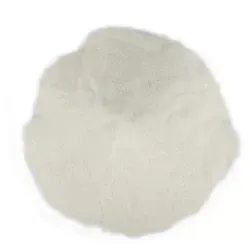
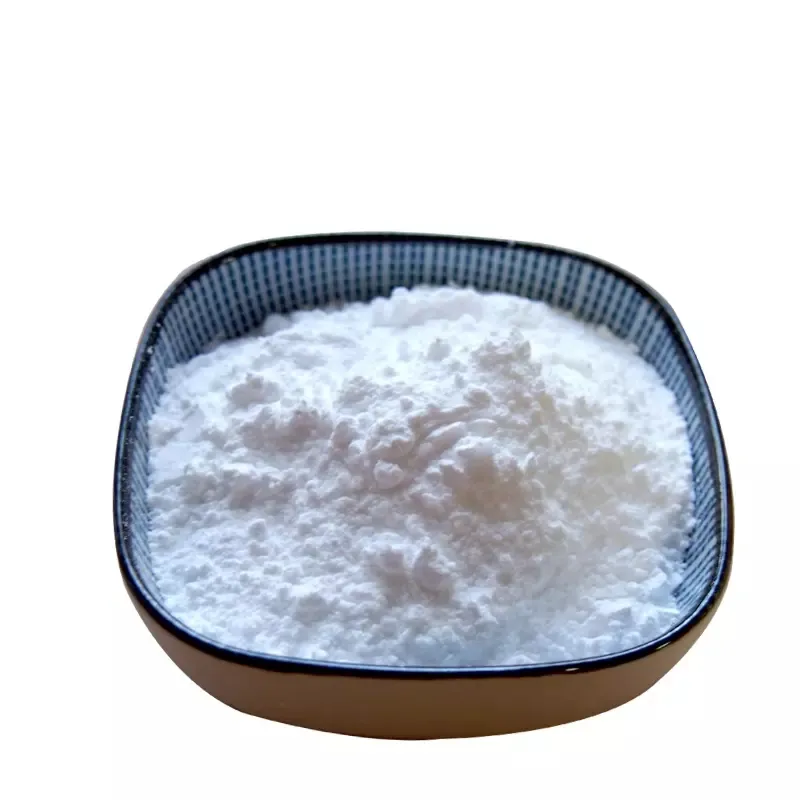
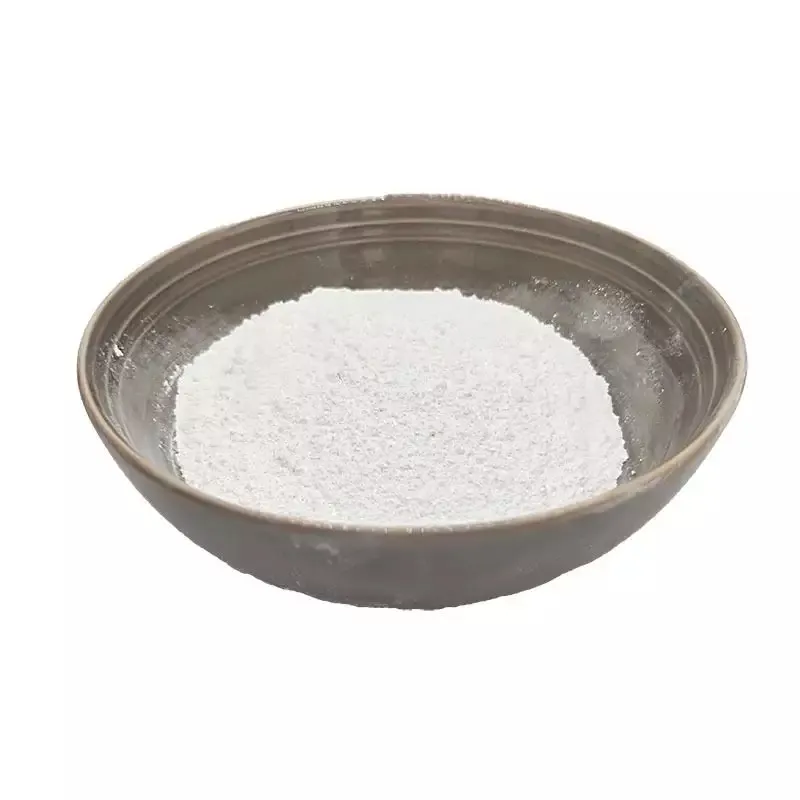
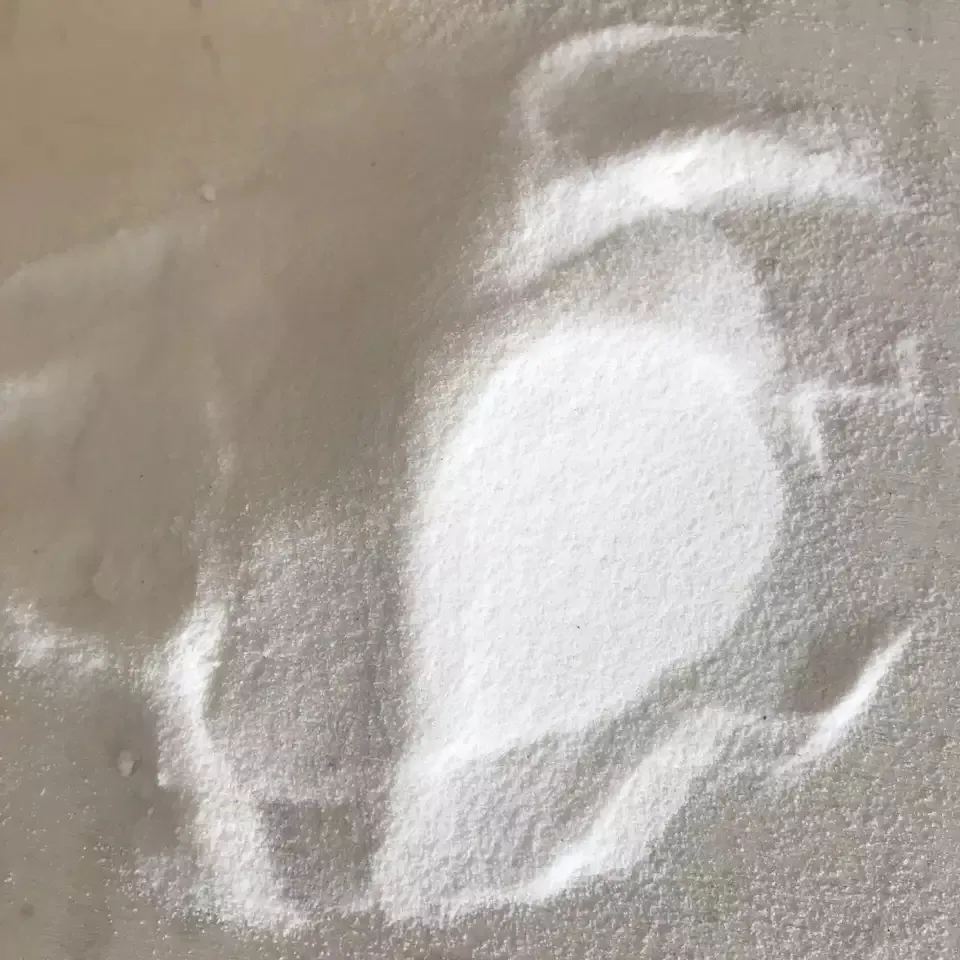
|
Yam khoom |
Specification |
Cov txiaj ntsig |
|
Physical Control |
||
|
Qhov tshwm sim |
Dawb hmoov |
Ua raws |
|
tsw |
Characteristic |
Ua raws |
|
Taste |
Characteristic |
Ua raws |
|
Assay |
99% |
Ua raws |
|
Poob rau ziab |
≤5.0% |
Ua raws |
|
Tshauv |
≤5.0% |
Ua raws |
|
Allergens |
None |
Ua raws |
|
Chemical Control |
||
|
Heavy metals |
NMT 10ppm |
Ua raws |
|
Microbiological Control |
||
|
Tag nrho cov phaj suav |
1000cfu/g Max |
Ua raws |
|
Yeast & Mold |
100cfu/g Max |
Ua raws |
|
E. Coli |
Tsis zoo |
Tsis zoo |
|
Salmonella |
Tsis zoo |
Tsis zoo |
Cov khoom no yog dab tsi?
Guanylacetic acid is a precursor of creatine, which contains high phosphate group transfer potential and is widely present in muscle and nerve tissue. It is the main energy supply substance in animal muscle tissue and can be used as a food additive and organic synthesis intermediate.
Daim ntawv thov
The administration of guanidinoacetic acid had no significant effect on the enzyme expression profile of human liver and muscle, and the side effects of guanidinoacetic acid administration were acceptable, such as weight gain, nausea, abdominal distension, muscle cramps, and abdominal pain. However, it is worth noting that in addition to increasing serum creatinine and creatine content in muscle, taking guanidinoacetic acid can also increase serum homocysteine content. This is due to the fact that guanidinoacetic acid is methylated to form creatine while also being able to form S-adenosine homocysteine, which is then hydrolyzed to cysteine and adenosine in vivo. Since serum homocysteine is a clinically important indicator of atherosclerosis and cardiovascular diseases, the intake of guanidinoacetic acid increases plasma homocysteine content, which can be considered as a side effect of guanidinoacetic acid.
Cov khoom qeb
-
 May . 23, 2025O-Vanillin: A rising star in the flavors and fragrances industryIn recent months, ortho-vanillin has emerged as a key player in the flavoring and fragrance space, attracting the attention of many manufacturers and consumers. This vanillin derivative is gaining popularity due to its unique properties and versatility in a variety of applications.
May . 23, 2025O-Vanillin: A rising star in the flavors and fragrances industryIn recent months, ortho-vanillin has emerged as a key player in the flavoring and fragrance space, attracting the attention of many manufacturers and consumers. This vanillin derivative is gaining popularity due to its unique properties and versatility in a variety of applications. -
 May . 13, 20252025 European Fine Chemicals Exhibition in GermanyThe much-anticipated Fine Chemicals Europe 2025 will be held in Germany from June 4 to 5, 2025. The event will bring together industry leaders, innovators and stakeholders in the fine chemicals sector, providing a unique platform for networking, collaboration and showcasing the latest advances in the field.
May . 13, 20252025 European Fine Chemicals Exhibition in GermanyThe much-anticipated Fine Chemicals Europe 2025 will be held in Germany from June 4 to 5, 2025. The event will bring together industry leaders, innovators and stakeholders in the fine chemicals sector, providing a unique platform for networking, collaboration and showcasing the latest advances in the field. -
 May . 07, 20252025 New York Cosmetics Ingredients ExhibitionThe much-anticipated 2025 Cosmetics Ingredients New York will be held at the Javits Center in New York from June 3 to 4, 2025. This event will bring together industry leaders, innovators and enthusiasts from all over the world to discuss the latest trends and advances in the field of cosmetic ingredients.
May . 07, 20252025 New York Cosmetics Ingredients ExhibitionThe much-anticipated 2025 Cosmetics Ingredients New York will be held at the Javits Center in New York from June 3 to 4, 2025. This event will bring together industry leaders, innovators and enthusiasts from all over the world to discuss the latest trends and advances in the field of cosmetic ingredients.


